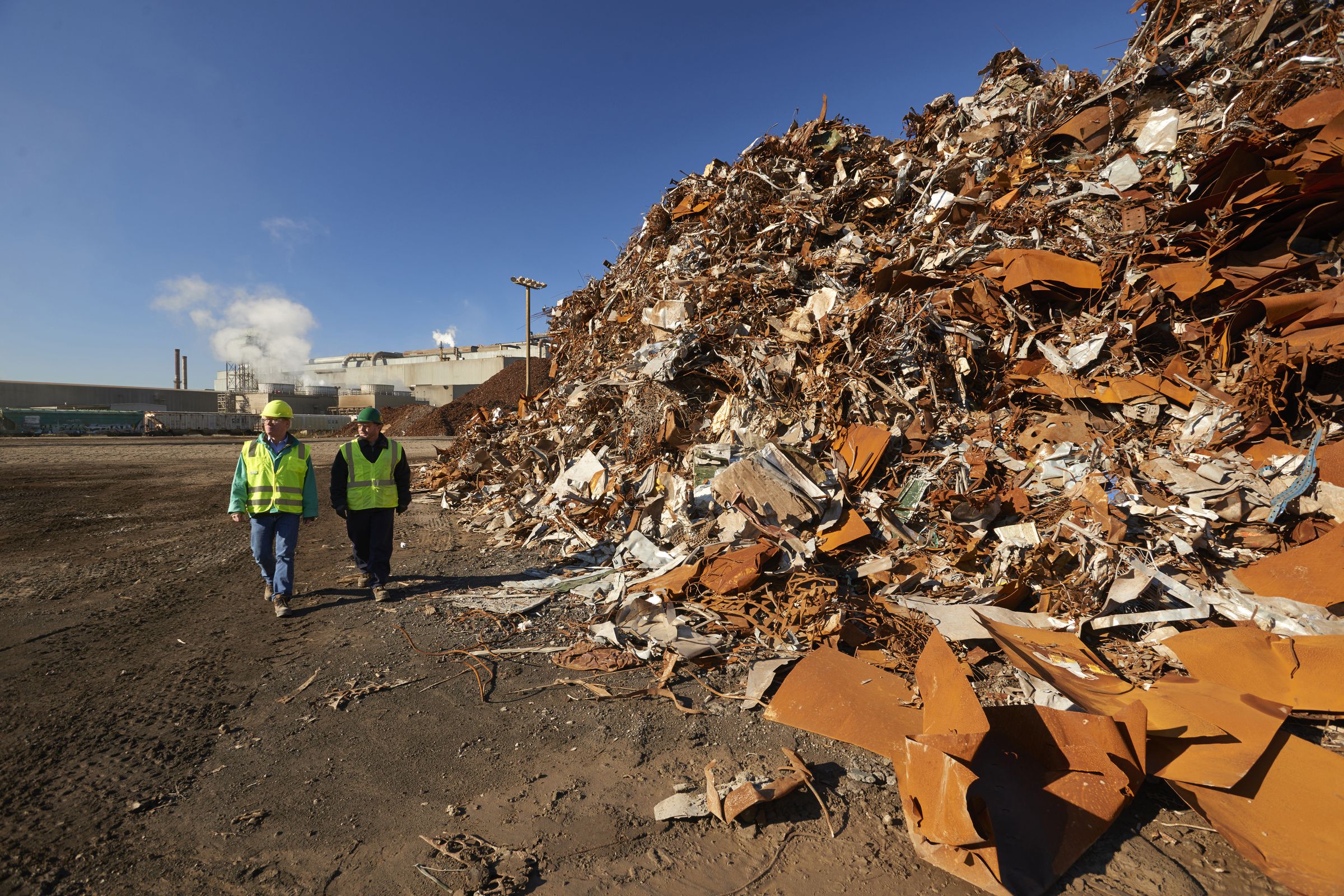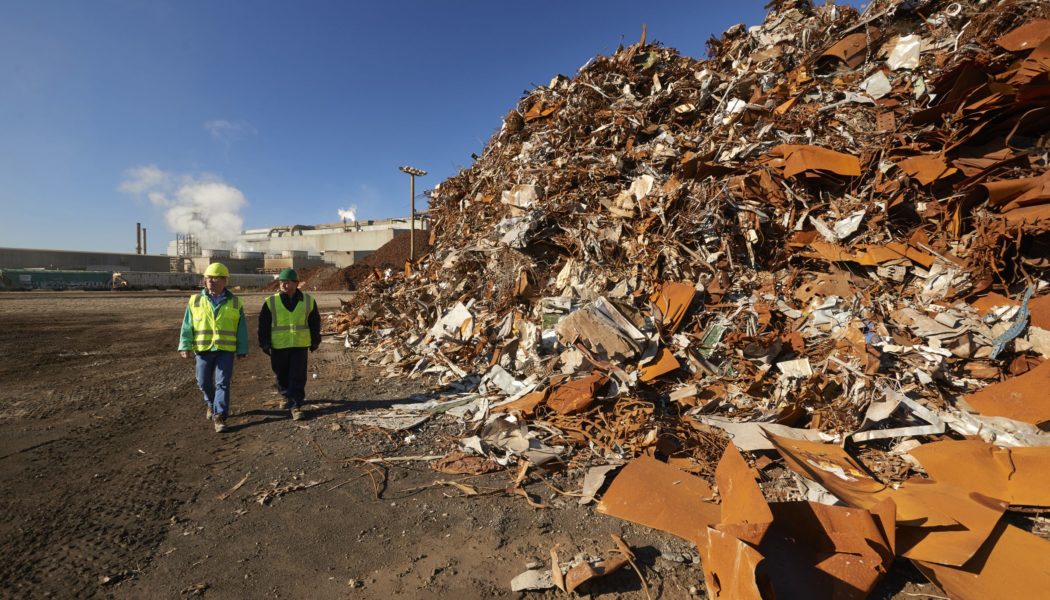The EPA is doling out grants to measure the environmental impact of new construction materials.

The Biden administration announced $160 million in grants to projects meant to measure the climate impact of new-fangled construction materials. The grants cover a spectrum of potential alternatives from hemp-based products to bamboo, recycled steel, and more.
Scientists and startups have proposed all sorts of new ways to cut down carbon dioxide emissions from building materials that have become a big climate problem. But it’s hard to suss out how effective proposed solutions are without metrics in place to compare products. There’s also potential for greenwashing, when companies make sustainability claims that they can’t back up with evidence.
That’s where the Environmental Protection Agency plans to step in with the funding allocated through the 2022 Inflation Reduction Act. The $160 million will largely go toward helping businesses develop “high-quality environmental product declarations” (EPDs) that estimate the impact a product will have over its lifetime. The hope is that more standardized reporting will allow climate-conscious buyers, including the federal government, to compare different products and make more informed purchases.
“This funding will create markets for American manufacturers making cleaner materials and help companies better understand and communicate the environmental impacts of their products,” Sen. Tom Carper (D-DE) said in a press release Tuesday.
There are 38 grant recipients, including individual companies, universities, and trade groups representing cement, glass, wood, and other industries. The nonprofit Hemp Building Institute, for instance, was awarded nearly $6.2 million to develop environmental assessments for materials made from hemp, soy, and other crops. That includes “hempcrete” made from hemp that can replace traditional concrete and insulation. The Massachusetts Institute of Technology (MIT) was awarded nearly $1 million to put together an “academic hub” and annual workshops focused on reusing steel.
Construction materials are responsible for around 15 percent of global greenhouse gas emissions. For comparison, that’s as much as 7 times more climate pollution than aviation produces each year. Pollution from concrete and steel, in particular, is notoriously difficult to eliminate. Concrete is the most widely used substance in the world after water. Producing cement and steel also requires high temperatures typically reached by burning fossil fuels, while cement creates additional CO2 through a chemical reaction in the manufacturing process. That makes it all the more important to reuse materials and find alternatives where possible.









